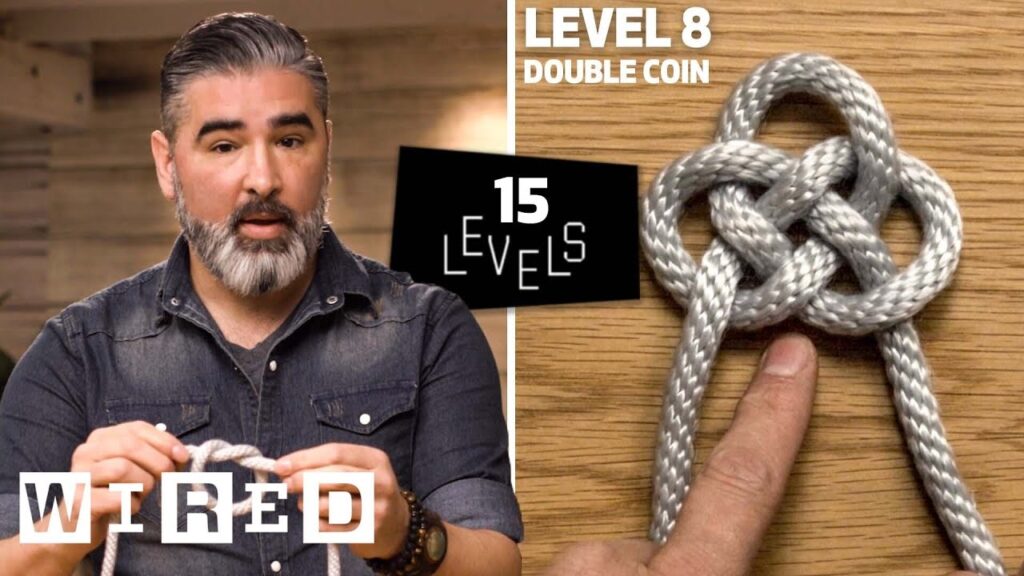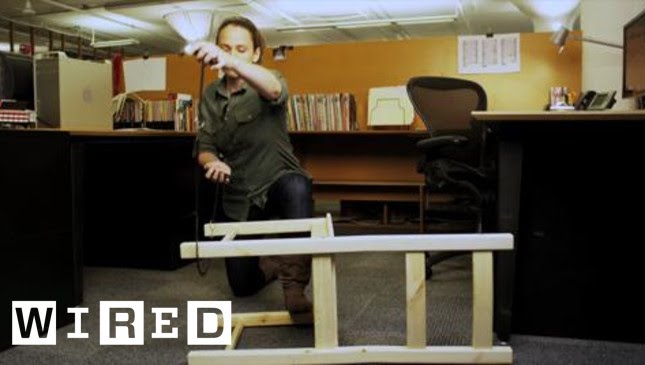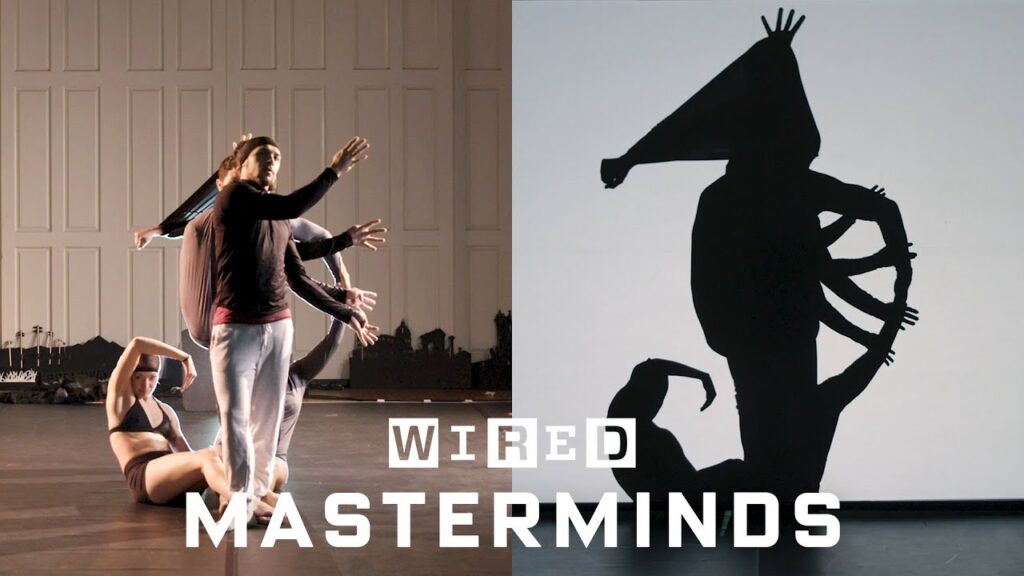Challenges of New Year’s Resolutions: How to Make Them Stick
Summary
In this article, we discuss the challenges of New Year’s resolutions and how to make them stick. We explore the difference between resolutions and habits, how to focus on behavior rather than outcome, the role of rewards, and the importance of making physical activity a part of daily life.
Table of Contents
- Resolutions vs. Habits
- Focusing on Behavior
- The Role of Rewards
- Forming Habits
- Making Physical Activity a Part of Daily Life
- Conclusion
Resolutions vs. Habits
Dr. Amanda Reba, an associate professor of psychology, explains that resolutions are different from habits. Resolutions are self-initiated and planned changes, while habits are how we do things day-to-day. The challenge with resolutions is that they require conscious effort and planning, which can be difficult to maintain over time.
Focusing on Behavior
To make resolutions that work, Dr. Reba recommends focusing on the behavior rather than the outcome. It’s essential to ensure that the behavior fits within one’s life and find a way to make it satisfying, fun, or easy. Rewards can be a catalyst for forming new habits, but it’s crucial to avoid turning it into goal-directed behavior or achievement.
The Role of Rewards
Dr. Reba emphasizes the importance of rewards in forming new habits. However, it’s crucial to find rewards that are satisfying and not just focused on achievement. Rewards can be anything that makes the behavior more enjoyable, such as listening to music or watching a favorite TV show while exercising.
Forming Habits
The time it takes to form a habit varies from person to person, but it can take between 21 days to three months. To make goals stick, it’s valuable to trade out a behavior for the context that triggers it. However, it’s not effective to switch to a behavior that doesn’t provide the same reward.
Making Physical Activity a Part of Daily Life
Dr. Reba discusses the role of technology in behavior change, such as activity trackers and monitoring devices. While these can be helpful, there is a risk of monitoring ourselves too much, causing stress or guilt. Instead, it’s important to make physical activity a part of daily life, fitting it into routines and making it fun.
Conclusion
In conclusion, making resolutions that stick requires focusing on behavior, finding satisfying rewards, and making physical activity a part of daily life. By making the desired behavior the easiest, most satisfying, or fun option, we can form new habits and achieve our goals. Remember, it’s okay to miss a few days or give in to temptations, as it doesn’t impact how quickly habits form.







